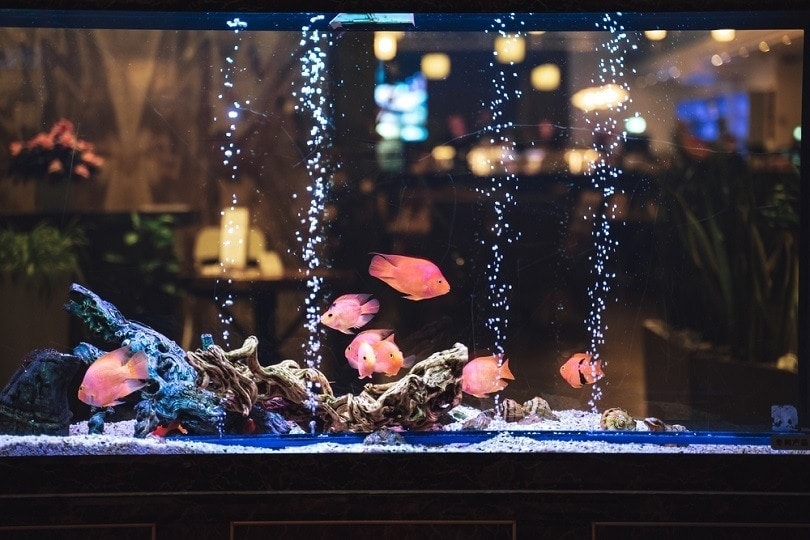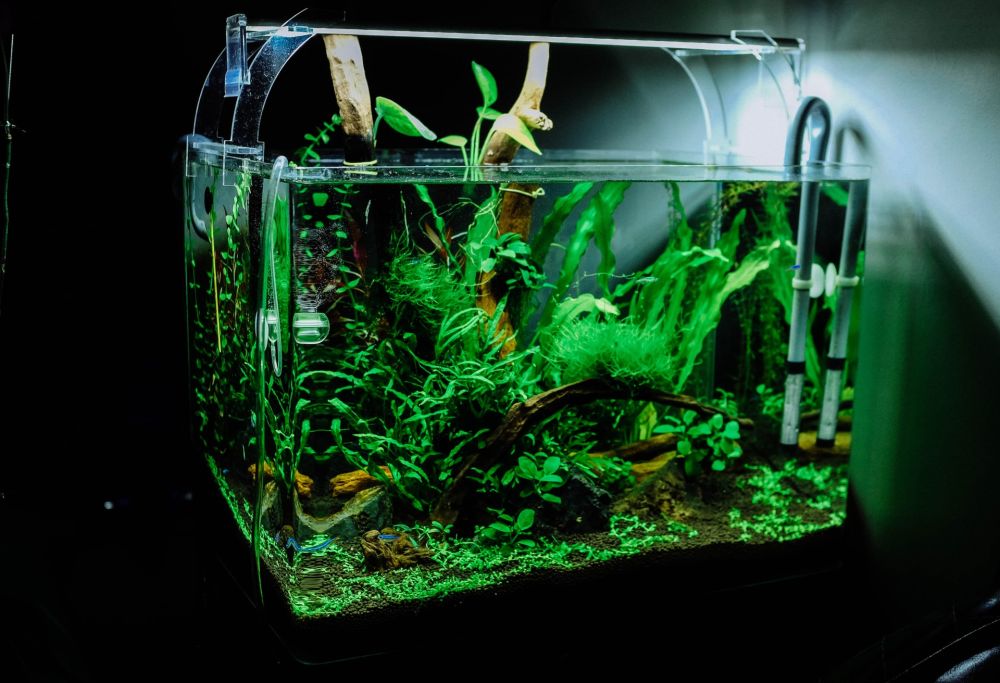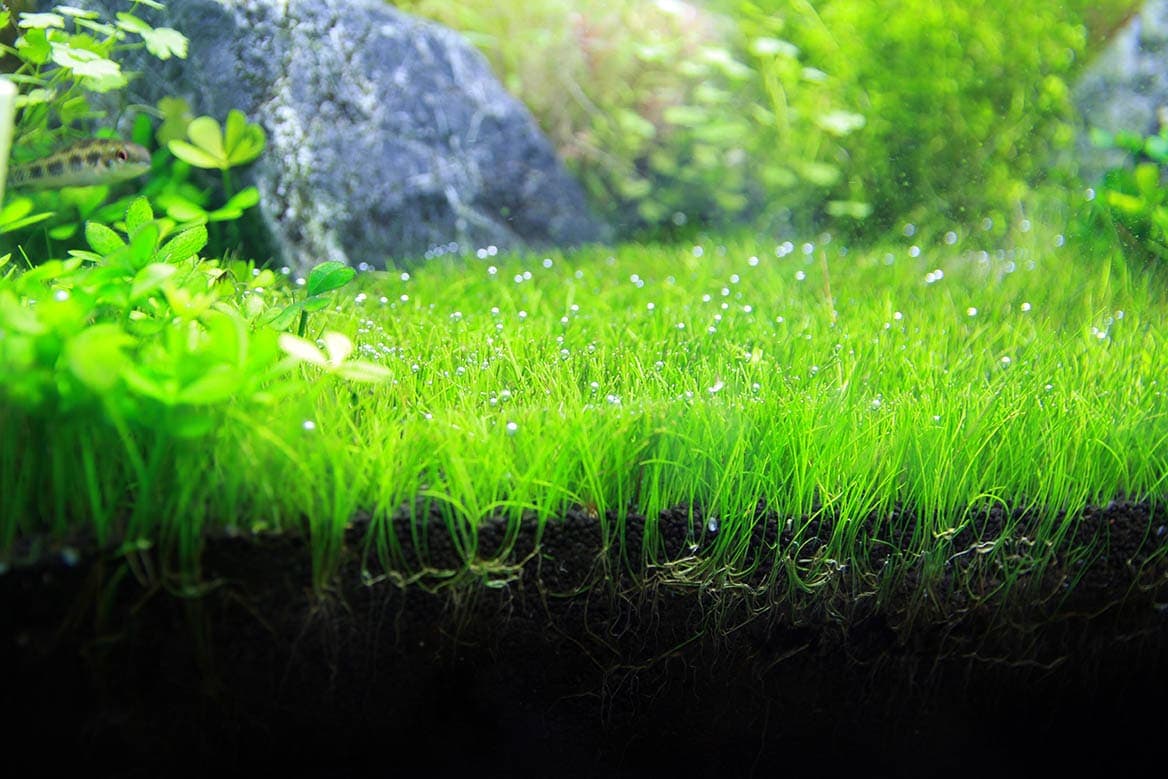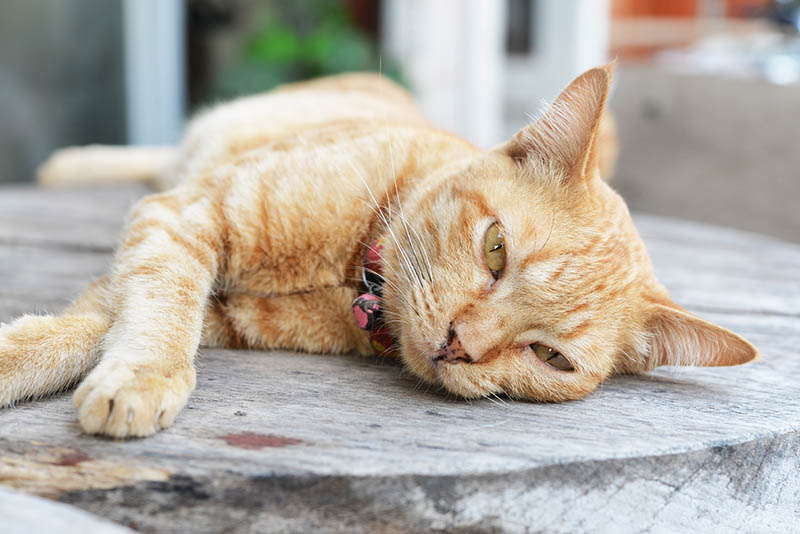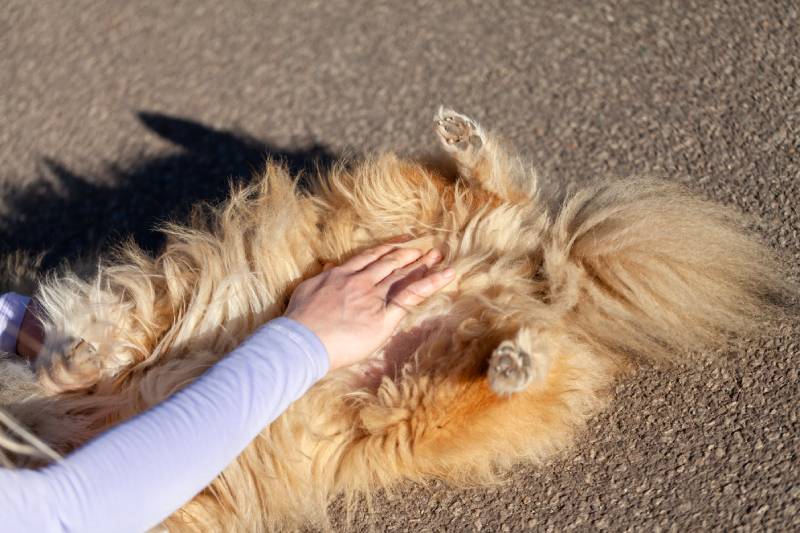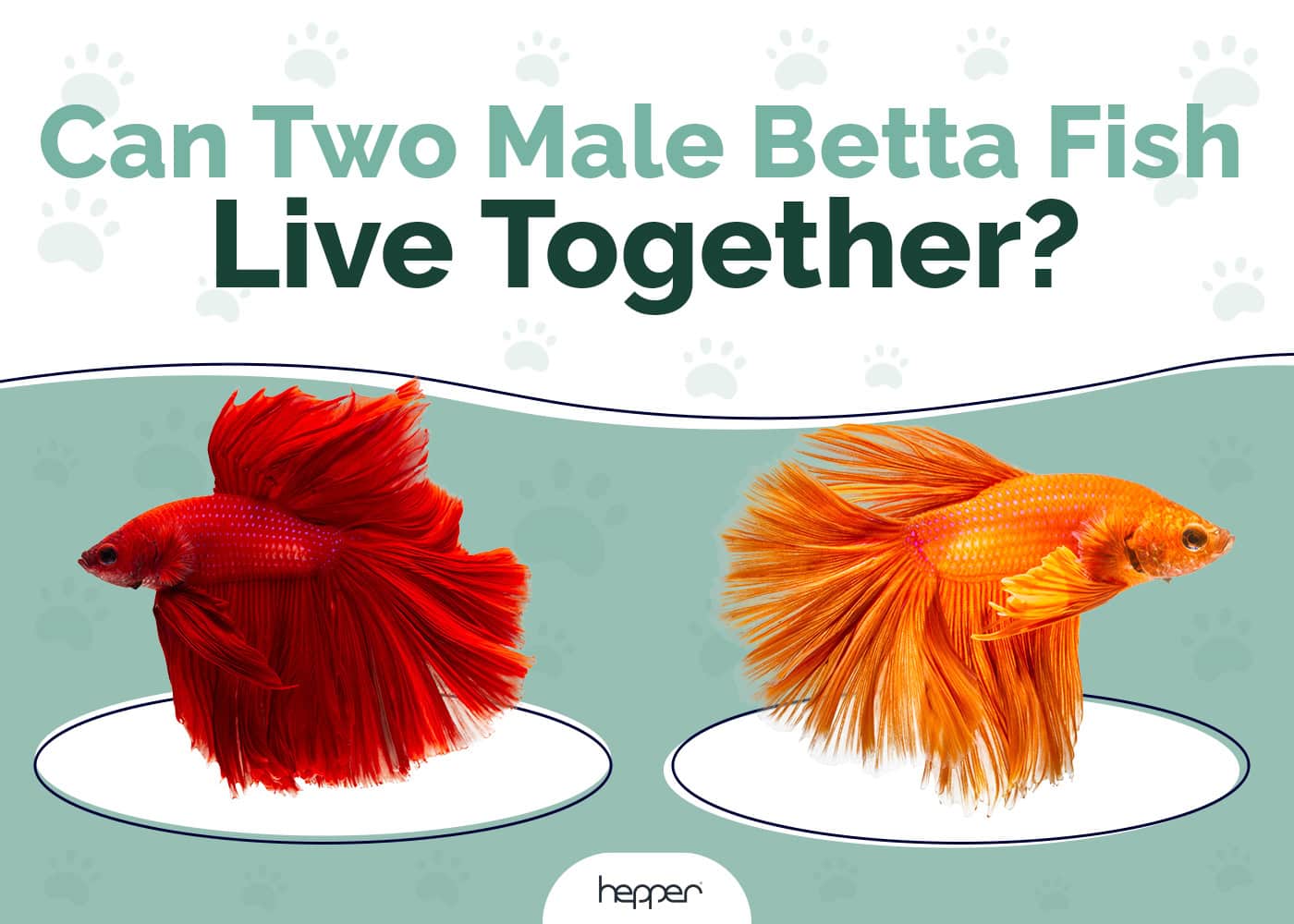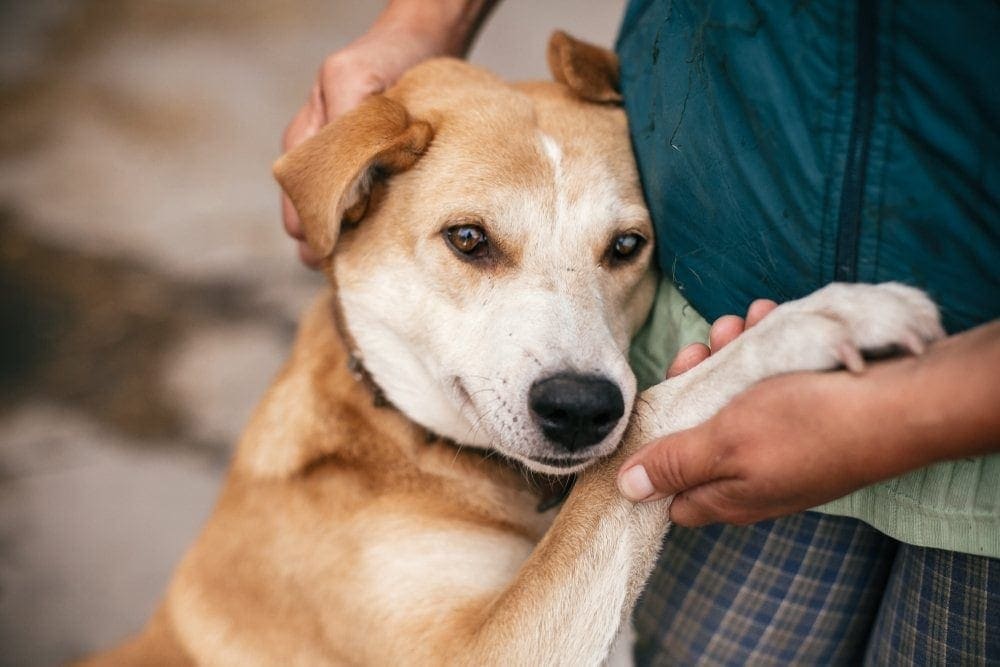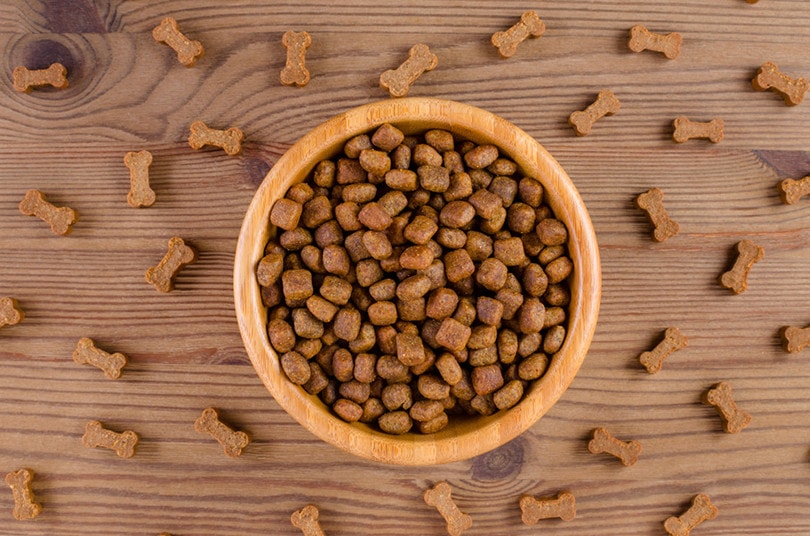Pea Puffer: Care Guide, Pictures, Varieties, Size & Lifespan

Updated on
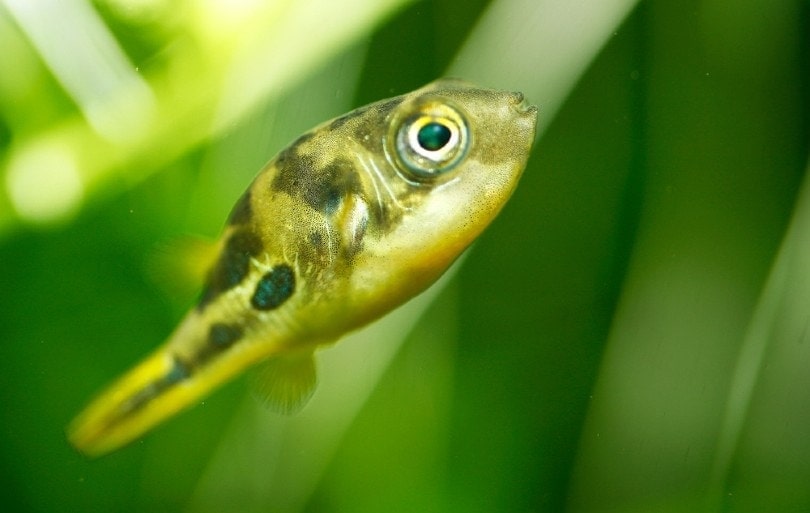
Pea puffers are adaptable freshwater fish that thrives in planted tank setups. They are known as the Travacoricus species and only get to a maximum size of 1.5 inches which makes them the smallest pufferfish available, hence their name.
- Dwarf pufferfish
- Pygmy puffer
- Micro puffer
Despite the pea pufferfish being one of the most kept puffers in captivity, they are better suited to keepers who have some experience in keeping fish, and are not recommended for beginners. Their care is quite intricate, and care should be taken to provide them with good conditions.
Quick Facts about Pea Puffers
| Species Name: | Carinotetraodon tracancoricus |
| Family: | Malabar pufferfish |
| Care Level: | Moderate |
| Temperature: | 77°F–85°F |
| Temperament: | Aggressive and territorial |
| Color Form: | Yellow, brown |
| Lifespan: | 3-5 years |
| Size: | 1–1.5 inches |
| Diet: | Carnivores |
| Minimum Tank Size: | 20 gallons |
| Tank Set-Up: | Freshwater: heavily planted |
| Compatibility: | Shoaling, species only tank |
Pea Puffer Overview
In the wild, pea puffers inhabit 13 rivers across Kerala and southern Karnataka, which are in the Western Ghats of Peninsular India. They naturally form shoals in the gentle rivers for security. The bottom of their native rivers is littered with decaying leaves and consists of plenty of vegetation.
They patrol the bottom of the rivers in search of food and will commonly consume sand and detritus, which shows that they are primarily bottom feeders. Unfortunately, due to human intervention, the pea puffers’ numbers have decreased significantly, and they have been labeled as vulnerable on the IUCN Red List.
They are exotic fish and are in high demand in various areas as aquatic pets. There are many captive breeding facilities for pea puffers, which is a reassuring way to ensure that the species’ overall population does not decrease despite their decline in the wild. They should be kept in a tank that consists of visual barriers and live plants to break up large open spaces and make them feel safe in their environment.

How Much Do Pea Puffers Cost
A pea puffer can cost $10 to $30 per fish. Since pea puffers should be kept in groups of six or more, the overall cost can reach $60 to $150 for a healthy group. They are mostly sold online by breeders, or they can be found in local fish stores.
Typical Behavior & Temperament
In general, pea puffers are quite territorial and aggressive. This makes them unsuitable tank mates for many other species. They typically enjoy being with their kind and do not like to share their tank. It is recommended to keep one male amongst many females so that the females are not stressed out during the breeding season.
They form a tight shoal and will hang around the bottom level of the tank in search of food.

Appearance & Varieties
Pea puffers are small and cute and do not get noticeably big. The maximum growth size is between 1 and 1.5 inches, although most pea puffers will only grow to 0.95 inches. Their body is round, and their color depends on their gender.
Males have vibrant yellow bellies, and females have white or cream-colored bellies. The male pea puffers also have a dark line on their bellies, whereas females have dark patches on the top half of their bodies. As the male matures, they will turn golden-brown, and females turn yellow-green. This makes it easy to distinguish between the two genders.

How to Take Care of Pea Puffers
Habitat, Tank Conditions & Setup
Tank/Aquarium Size
A group of six pea puffers can be kept in a tank as small as 20 gallons, and a gallon should be added for each additional pea puffer added to the tank. They require a tank that is long and wide and not tall. They are not suited for bowls, biorbs, or other spherical aquaria.
Water Temperature & pH
The pH of the water should remain between 6.5 to 8.5, and the water temperature should fall between 77°F to 85°F. It is common for the rivers that they inhabit in the wild to reach around 95°F, which makes them tropical fish that require a heater to survive.
Substrate
Pea puffers do best when they are kept on a sandy substrate. Not only does this mimic their natural diet, but it also provides live plants with a good source of substrate.
Plants
Plants are an essential addition to their tank. Live plants provide them with shelter and a natural environment. Overall, this will encourage them to thrive and extend their life expectancy.
Lighting
Pea puffers receive an average of 10 to 12 hours of daylight in the wild. This should be mimicked with artificial lights set on a timer. This also stimulates plant growth and will help live plants remain healthy.
Filtration
The filter should not produce a strong current, as this fish struggles to swim in fast-moving water. Filters should be cycled before placing the pea puffers in the tank. An aeration system is also necessary to produce surface movement and allow for oxygen to enter the water.

Are Pea Puffers Good Tank Mates?
Due to the aggressive and territorial nature of pea puffers, they do not make good tank mates. They can be kept with a variety of freshwater snails, such as mystery or apple snails. Smaller snails may potentially be eaten, which is good if you do not want a snail overpopulation in the tank from breeding.
In the wild, pea puffers can be seen swimming with filament barbs, Malabar leaf fish, and orange chromide fish.
- Barbs
- Freshwater snails
- Orange chromides
- Malabar leaf fish
- Neon tetras
- Ember tetras
- Danios
- Harlequin rasbora
- Siamese algae eaters
- Cichlid
- Goldfish
- Betta fish
- Guppies
- Oscars
- Bala sharks
- Jack Dempsey
- Red-tailed/rainbow sharks
What to Feed Your Pea Puffer
Pea puffers should be fed a diet that closely replicates what they eat in the wild and should be fed at least twice a day. Their diet in captivity should consist of live foods, and the portion size should be no more than what they can eat in 3 minutes.
They are intelligent fish that enjoy foraging for their food. This provides them with an enriching activity that keeps them busy. Live cultures of insect larvae, algae, copepods, and water fleas are great food sources rich in the nutrients that they require. Live or freeze-dried foods like brine shrimp, bloodworms, baby shrimps, and newborn snails are also healthy options.

Keeping Your Pea Puffer Healthy
- Provide them with a large tank that can comfortably house a large group. They are content when kept in shoals, and you should ensure that they are kept with the appropriate ratio between males and females.
- House pea puffers in heavily planted tanks that have been previously cycled for several weeks. The cycle consists of an establishment of nitrifying bacteria that convert ammonia into nitrate.
- Regular water changes should be performed to maintain adequate parameters. Ammonia and nitrate should be kept at 0ppm (parts per million)
- Only keep compatible tank mates with your pea pufferfish. They are known to be harsh fin nippers to fish with flowing fins.
Breeding
It is quite easy to breed pea puffers in captivity. The temperature should be gradually increased to promote breeding. They can be placed in a separate breeding tank so that there is a higher survival rate for the fry.
Females will need to seek shelter amongst live, bushy plants when the males start to chase them for breeding. When the female is ready to breed, she will then take an interest in the male, and spawning will take place shortly after. The fry will hatch after 48 hours and will consume their egg yolk as an immediate food source.
Are Pea Puffers Suitable for Your Aquarium?
If you have experience keeping tropical fish and have a fully cycled tank that is heavily planted, pea puffers are a great stocking option. It is important to only have one male per tank due to their territorial nature. Fewer males in a tank will also lower stress for the female fish.
Multiple females will get along well in the right conditions. It is also a good idea to fill the tank with java moss to promote hiding places. Vallisneria is also a good runner plant for pea puffer tanks, and the long leaves make a nice shelter within the tank.
We hope this article has helped to inform you on how to properly care for these fascinating fish.
Featured Image Credit: Pavaphon Supanantananont, Shutterstock



